Seven decades of going nuclear in Fylde
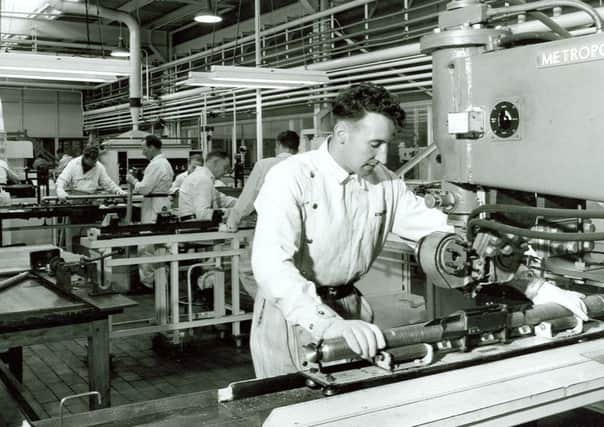

On March 28, 1946 the government announced that the former war-time munitions factory would be the birthplace of the nation’s civil nuclear power programme.
Employees past and present can be proud of the part they have played in history. Since those early pioneering days, Springfields has continued to lead at the cutting edge of nuclear technology and today is recognised as a world leader in safety, quality, environmental and technological standards.
Advertisement
Hide AdAdvertisement
Hide AdJust 162 employees formed the initial workforce in 1946. By 1950, Springfields production of uranium metal was running at 20 tonnes per week and, with the advent of the Magnox power station programme, the site was becoming a powerhouse of increasing activity.
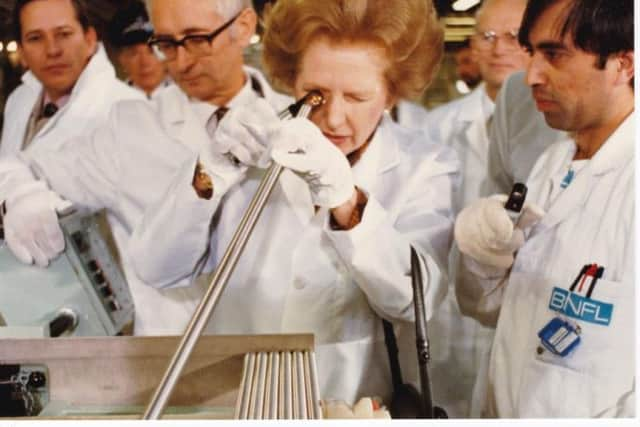

Even in those early days, Springfields was looking to the future and the beginning of the decade witnessed the start of the acclaimed Springfields Apprentice Training Programme.
The first intake in the autumn of 1950 comprised just seven trainees embarking on their new careers and with a weekly pay packet of around just £2. The scheme has trained more than 1,800 over the past 65 years and today some 32 per cent of the current Springfields workforce began their careers as an apprentice on site.
By the mid-1950s, the early pioneering work at Springfields – producing fuel for experimental reactors – was winding down and the site was gearing up to manufacture fuel elements to power the world’s first industrial scale commercial nuclear power station at Calder Hall, in Cumbria.
Advertisement
Hide AdAdvertisement
Hide AdThe government had also announced that the Magnox power station programme would be expanded to 11 stations – and that all the fuel would be made at Springfields.
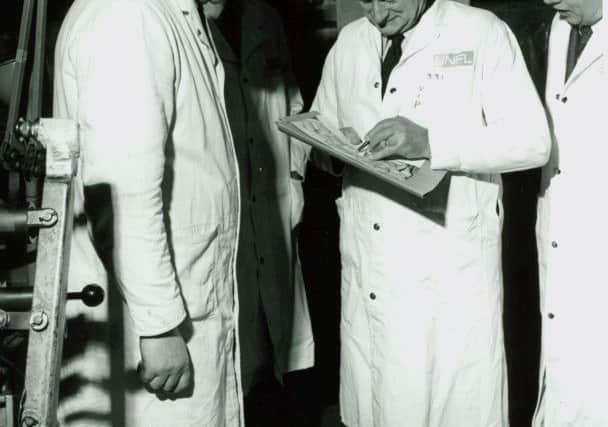

The site continued to grow and develop and by the mid 60s it was the world’s largest plant designing and producing uranium fuel.
Its workforce had expanded to around 4,000. And, in addition to manufacturing fuel for the UK’s Magnox power stations, new production facilities to make fuel for the next generation of nuclear power station, the Advanced Gas-Cooled Reactors, were opened.
Over the next couple of decades, the site continued to invest in new or modernised production facilities, as well as new technologies to ensure it remained at the forefront of nuclear fuel manufacturing. In 1996, the site’s multi-million pound Oxide Fuel Complex became operational – a plant which today, through on-going investment, remains the most advanced nuclear fuel manufacturing plant in the world.
Advertisement
Hide AdAdvertisement
Hide AdWith an expanding workforce in those early decades came an ever increasing social element and involvement in the local community.
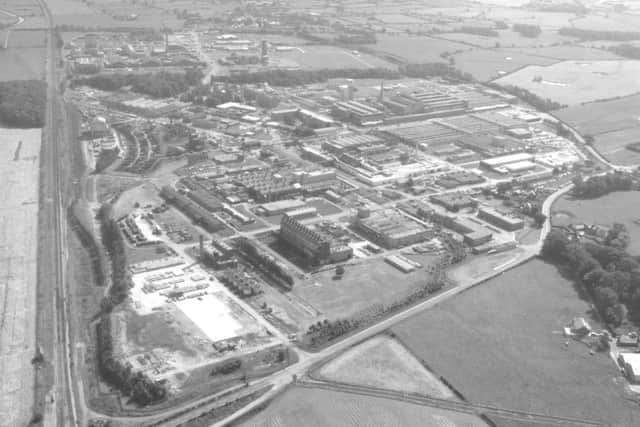

In 1951, employees held the first of what would become an annual sports day.
A number of open days have been held throughout the years – to allow the workforce to show their families around the site and provide an insight into the world of nuclear fuel production.
The first of these was in 1958, the second was held five years later and was attended by more than 8,000 visitors.
Advertisement
Hide AdAdvertisement
Hide AdInvestment in the health and safety of the workforce took prominence in the early 1980s.
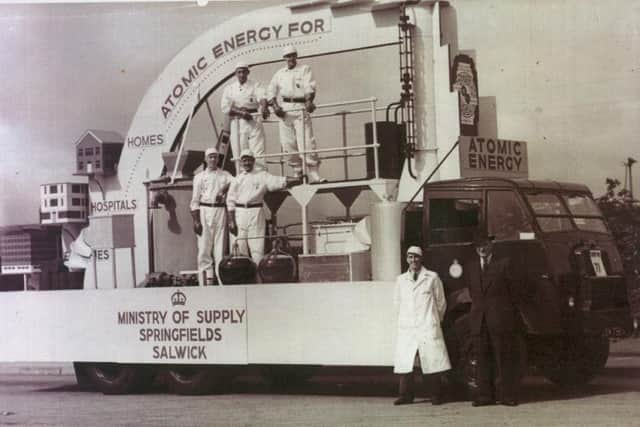

A new £1m Occupational Health Centre was built in 1980, followed by a new apprentice training centre a short while later.
The early 1980’s was also the advent of the nuclear industry’s ‘open door’ policy. The site’s operators at the time – British Nuclear Fuels Limited (BNFL) – embarked on a mission to raise the public’s awareness on the benefits of nuclear energy and Springfields set up a “speakers panel” of volunteer employees to visit local schools and social clubs to promote nuclear energy.
A new visitors’ centre was also opened on the site in 1986, coinciding with the site’s 40th anniversary – to encourage school and adult parties to come and see for themselves how nuclear fuel was manufactured.
Advertisement
Hide AdAdvertisement
Hide AdOver the years, thousands of visitors have witnessed Springfields’ manufacturing operations at first hand.
A number of VIP guests have also walked through the gates at Springfields during its history.
These have included the Duke of Edinburgh, who flew in by helicopter in 1955, and Prime Minister Margaret Thatcher, a staunch supporter of nuclear energy, who toured the site 30 years later.


One of the most popular VIP visitors was local footballing legend Sir Tom Finney, who visited Springfields in 1983 and stopped during his tour of the production facilities to sign autographs and chat with Preston supporters on the production line.
Advertisement
Hide AdAdvertisement
Hide AdSpringfields has always been proud of its links with the local community, sponsoring many local charitable organisations and taking part in local events – such as the 1952, 1972, 1992 and 2012 Preston Guild trade processions.
The site is also proud of its environmental record. In 2008, Springfields became the first nuclear site in the country to receive The Wildlife Trusts Biodiversity Benchmark. More than 2,000 schoolchildren every year visit the site’s nature trail, opened in 1993, hunting for mini beasts, pond dipping and learning of the site’s varied flora and fauna.
Throughout its history Springfields has witnessed many changes and been managed and operated by a number of different organisations, including the current operator Westinghouse Electric Company.
Springfields, as the first plant in the world to produce fuel for a commercial nuclear power station, has much in common with Westinghouse, which powered the first large-scale commercial nuclear power plant in 1957 in Shippingport, Pennsylvania, in the US and has a 130-year history.
Advertisement
Hide AdAdvertisement
Hide AdSpringfields has produced over 12 million fuel elements and can manufacture fuel for most types of nuclear reactors. Since 1946, Springfields has supplied products and services to customers in 11 countries.
Today the site has the most modern nuclear fuel manufacturing plant in the world and the fuel produced at Springfields provides around 15 per cent of the nation’s electricity.
The success of the past 70 years has laid the foundation for the future, and as the site transforms into the centre of Westinghouse’s operations in the UK, it has truly come of age.